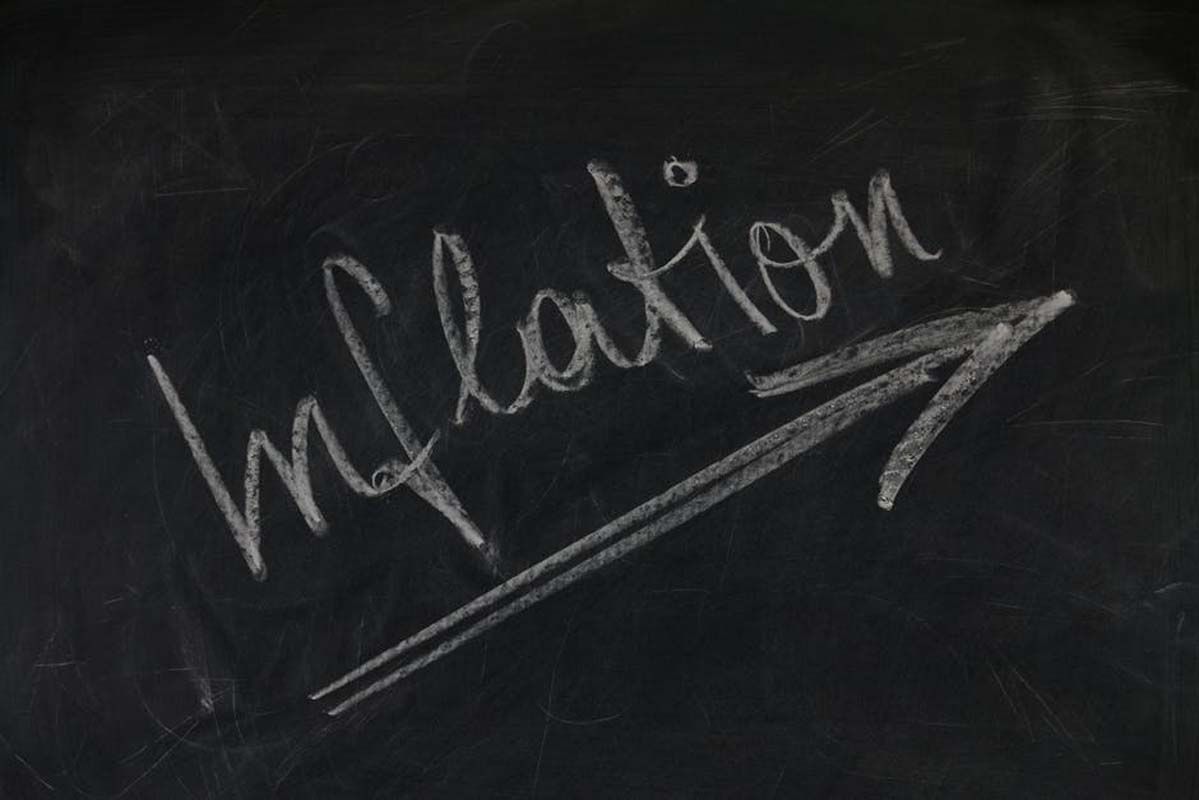
403
Sorry!!
Error! We're sorry, but the page you were looking for doesn't exist.
Eurozone Inflation Sees Slight Increase in June
(MENAFN) Inflation in the Eurozone is projected to reach 2 percent for June, a slight increase from the 1.9 percent recorded in May, according to a flash estimate released by Eurostat on Tuesday.
The primary driver behind this uptick is the rising cost of services, which saw an annual inflation rate of 3.3 percent in June, slightly higher than the 3.2 percent recorded the previous month.
Meanwhile, food, alcohol, and tobacco prices showed a year-on-year inflation rate of 3.1 percent in June, a slight decrease from 3.2 percent in May.
The inflation rate for non-energy industrial goods also saw a slight drop, decreasing from 0.6 percent in May to 0.5 percent in June. Energy prices continued their downward trend, recording a negative inflation rate of -2.7 percent, improving from -3.6 percent the month before.
Core inflation, which excludes volatile items like energy, food, tobacco, and alcohol, remained stable at 2.3 percent in June.
Looking at the major economies within the Eurozone, Germany saw a modest decrease in inflation, falling to 2 percent in June from 2.1 percent in May. France experienced a slight increase, rising to 0.8 percent from 0.6 percent in May. Spain’s inflation rate also edged up, standing at 2.2 percent compared to 2 percent the previous month.
Estonia reported the highest inflation rate in the region at 5.2 percent, a jump from 4.6 percent in May, while Cyprus recorded the lowest at 0.5 percent, up from 0.4 percent in May.
Bert Colijn, Chief Economist for the Netherlands at ING, commented, "Inflationary pressures have clearly weakened as wage growth is coming down and economic performance remains sluggish, keeping the door open to another rate cut in autumn." However, Colijn also noted the potential risks posed by oil price surges and the ongoing tariff talks between the European Union and the United States.
In response to these inflation trends, the European Central Bank (ECB) last month implemented its eighth rate cut, bringing the policy interest rate to its lowest level since December 2022. According to the ECB’s statement, most measures of underlying inflation indicate that inflation is likely to stabilize around the 2 percent medium-term target. Despite this, the ECB remains cautious, emphasizing its commitment to ensuring inflation returns to its target in a sustainable manner.
Despite the June inflation figures, market expectations for further interest rate cuts remained steady, with analysts continuing to monitor economic developments closely.
The primary driver behind this uptick is the rising cost of services, which saw an annual inflation rate of 3.3 percent in June, slightly higher than the 3.2 percent recorded the previous month.
Meanwhile, food, alcohol, and tobacco prices showed a year-on-year inflation rate of 3.1 percent in June, a slight decrease from 3.2 percent in May.
The inflation rate for non-energy industrial goods also saw a slight drop, decreasing from 0.6 percent in May to 0.5 percent in June. Energy prices continued their downward trend, recording a negative inflation rate of -2.7 percent, improving from -3.6 percent the month before.
Core inflation, which excludes volatile items like energy, food, tobacco, and alcohol, remained stable at 2.3 percent in June.
Looking at the major economies within the Eurozone, Germany saw a modest decrease in inflation, falling to 2 percent in June from 2.1 percent in May. France experienced a slight increase, rising to 0.8 percent from 0.6 percent in May. Spain’s inflation rate also edged up, standing at 2.2 percent compared to 2 percent the previous month.
Estonia reported the highest inflation rate in the region at 5.2 percent, a jump from 4.6 percent in May, while Cyprus recorded the lowest at 0.5 percent, up from 0.4 percent in May.
Bert Colijn, Chief Economist for the Netherlands at ING, commented, "Inflationary pressures have clearly weakened as wage growth is coming down and economic performance remains sluggish, keeping the door open to another rate cut in autumn." However, Colijn also noted the potential risks posed by oil price surges and the ongoing tariff talks between the European Union and the United States.
In response to these inflation trends, the European Central Bank (ECB) last month implemented its eighth rate cut, bringing the policy interest rate to its lowest level since December 2022. According to the ECB’s statement, most measures of underlying inflation indicate that inflation is likely to stabilize around the 2 percent medium-term target. Despite this, the ECB remains cautious, emphasizing its commitment to ensuring inflation returns to its target in a sustainable manner.
Despite the June inflation figures, market expectations for further interest rate cuts remained steady, with analysts continuing to monitor economic developments closely.

Legal Disclaimer:
MENAFN provides the
information “as is” without warranty of any kind. We do not accept
any responsibility or liability for the accuracy, content, images,
videos, licenses, completeness, legality, or reliability of the information
contained in this article. If you have any complaints or copyright
issues related to this article, kindly contact the provider above.
Most popular stories
Market Reseach
- B2PRIME Strengthens Institutional Team's Growth With Appointment Of Lee Shmuel Goldfarb, Formerly Of Edgewater Markets
- BTCC Exchange Scores Big In TOKEN2049 With Interactive Basketball Booth And Viral Mascot Nakamon
- Ares Joins The Borderless.Xyz Network, Expanding Stablecoin Coverage Across South And Central America
- Primexbt Launches Stock Trading On Metatrader 5
- Solana's First Meta DEX Aggregator Titan Soft-Launches Platform
- Moonacy Protocol Will Sponsor And Participate In Blockchain Life 2025 In Dubai
- Primexbt Launches Instant Crypto-To-USD Exchange




















Comments
No comment